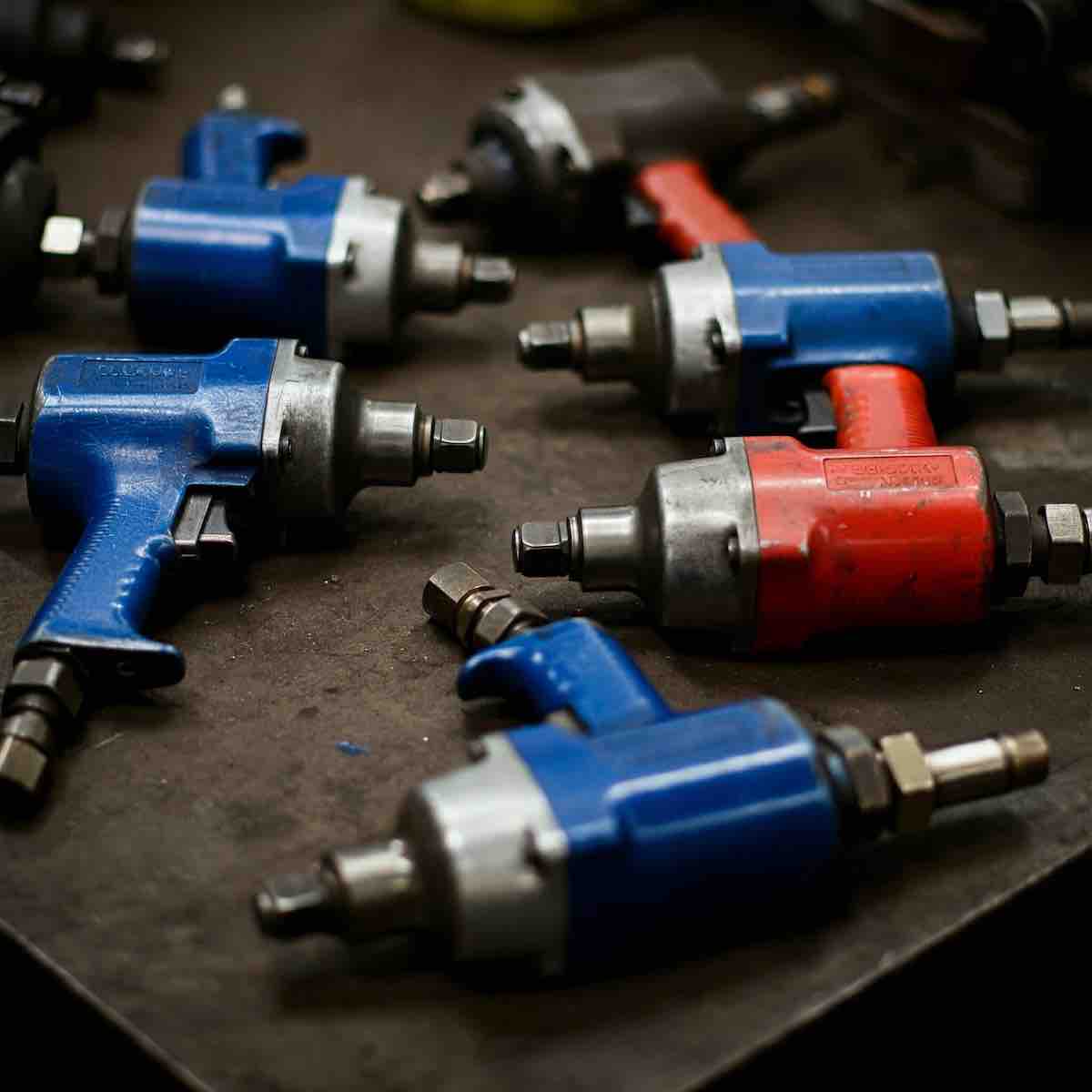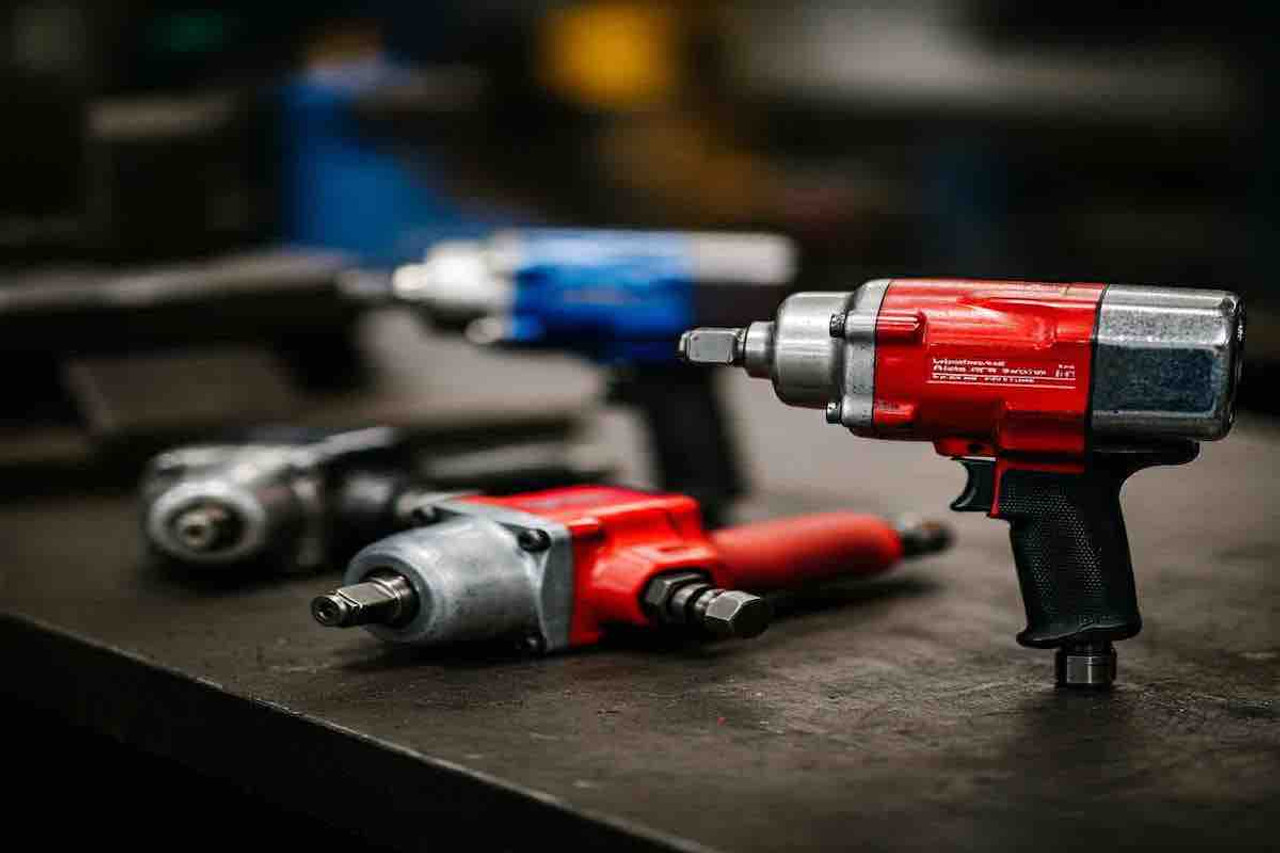Mastering the Air Impact Wrench: Tips, Tricks, and Best Practices for Efficient Use
The evolution of air impact wrench technology has brought significant improvements in power delivery, ergonomics, and precision control. Today's models offer features like variable speed triggers, advanced impact mechanisms, and ergonomic designs that make them more efficient and user-friendly than ever before. However, maximizing the benefits of these sophisticated tools requires a thorough understanding of their operation, maintenance, and proper application techniques.
As industrial operations continue to demand higher efficiency and precision, mastering the use of air impact wrenches becomes increasingly crucial. Whether you're a professional mechanic in Delaware's automotive sector, a maintenance technician in New Jersey's manufacturing plants, or a serious DIY enthusiast, understanding how to select, use, and maintain these tools properly can significantly impact your work quality and productivity.
This comprehensive guide draws from years of professional experience and technical expertise to provide you with essential knowledge about:
- Selecting the right impact wrench for specific applications
- Setting up and optimizing your air supply system
- Mastering proper usage techniques
- Implementing effective maintenance procedures
- Troubleshooting common issues
- Ensuring safe operation in various working conditions
Key Takeaway
Mastering an air impact wrench requires understanding proper tool selection, setup, operation techniques, and maintenance procedures to ensure optimal performance and longevity while maintaining safety standards.
Understanding Air Impact Wrenches

What Sets Air Impact Wrenches Apart
Air impact wrenches deliver consistent high torque through:
- Pneumatic power conversion
- Rapid impact mechanisms
- Controlled force delivery
- Efficient energy transfer
Professional Applications
Common Uses:
- Automotive repair and maintenance
- Heavy equipment assembly
- Industrial manufacturing
- Construction projects
- Maritime operations
Selecting the Right Impact Wrench
Drive Size Guide
| Drive Size | Torque Range | Typical Applications |
| 3/8" | 50-150 ft-lbs | Light automotive work |
| 1/2" | 150-750 ft-lbs | General automotive, maintenance |
| 3/4" | 750-1200 ft-lbs | Heavy equipment, industrial |
| 1" | 1200+ ft-lbs | Construction, industrial |
Critical Selection Factors
Performance Requirements
- Maximum torque needs
- Operating speed range
- Air consumption (CFM)
- Weight and balance
- Ergonomic features
Environmental Considerations
- Indoor/outdoor use
- Exposure to elements
- Workspace constraints
- Noise restrictions
Professional Setup Guidelines
Air System Requirements
Compressor Specifications
- Minimum tank size: 30 gallons
- Required CFM: 25% above tool requirement
- Operating pressure: 90-120 PSI
- Moisture separation system
Air Line Configuration
- Proper hose diameter
- Quick-connect fittings
- Inline lubricator
- Water separator
Operating Techniques
- Directional Control: Many impact wrenches offer directional control, allowing you to switch between tightening (forward) and loosening (reverse) with ease. This feature is essential for efficient and versatile operation.
- Torque Management: Some advanced impact wrenches incorporate torque management systems, enabling you to preset the desired torque output. This prevents over-tightening and ensures consistent results, particularly important for critical applications.
- Variable Speed Triggers: Impact wrenches often feature variable speed triggers, giving you precise control over the tool's speed and power. This allows you to adjust the impact wrench's performance to match the specific task, improving efficiency and reducing the risk of damage.
- Pulse Mode: For delicate tasks or applications requiring controlled fastening, some impact wrenches offer a pulse mode. In this mode, the tool delivers short bursts of power, providing greater control and reducing the risk of over-tightening or stripping bolts.
Remember, mastering these operating techniques takes practice and familiarity with your specific impact wrench model. Always refer to the manufacturer's instructions for detailed guidance and safety recommendations.
Proper Usage Steps
- Pre-Operation Checks
- Tool inspection
- Air system verification
- Socket condition check
- Safety equipment verification
- Operating Procedure
- Correct socket selection
- Proper alignment
- Controlled trigger operation
- Impact duration management
- Advanced Techniques
- Directional control
- Speed adjustment
- Torque management
- Work positioning
Safety Protocols
Essential Safety Measures
Required PPE:
- Impact-rated safety glasses
- Hearing protection
- Work gloves
- Steel-toed boots (when needed)
Workspace Requirements:
- Clear operating area
- Stable footing
- Proper lighting
- Emergency shutdown access
Maintenance Excellence
Daily Maintenance Checklist
- Visual Inspection
- Check for damage
- Inspect air fittings
- Examine sockets
- Verify lubrication
- Performance Testing
- Air pressure check
- Operation test
- Noise level assessment
- Vibration check
Preventive Maintenance Schedule
Weekly Tasks
- Clean external surfaces
- Check air filters
- Inspect hoses
- Test safety features
Monthly Procedures
- Internal cleaning
- Lubrication service
- Component inspection
- Performance verification
Advanced Usage Tips
Professional Techniques
- Torque Control
- Understanding impact duration
- Reading bolt feedback
- Managing air pressure
- Using torque sticks
- Efficiency Optimization
- Proper tool selection
- Correct socket usage
- Work positioning
- Energy conservation
Problem-Solving Guide
Common Issues and Solutions
Power Loss:
- Check air pressure
- Inspect air lines
- Clean internal components
- Verify lubrication
Inconsistent Operation:
- Examine impact mechanism
- Check socket condition
- Verify air supply
- Inspect trigger control
FAQs
Q: How do I determine the right size air compressor for my impact wrench?
A: Choose a compressor that delivers at least 25% more CFM than your tool's requirement at 90 PSI. For example, if your impact wrench needs 5 CFM, select a compressor that provides at least 6.25 CFM.
Q: What's the proper way to break loose stubborn bolts?
A: Start with short bursts of power, allowing the impact mechanism to work gradually. If necessary, use penetrating oil and let it soak. Never exceed the tool's maximum torque rating or use cheater bars.
Q: How often should I lubricate my air impact wrench?
A: Add 2-3 drops of air tool oil to the air inlet before each use. For heavy use, lubricate every 1-2 hours of operation. Use an inline lubricator for continuous operation.
Q: Can I use regular sockets with an air impact wrench?
A: No, always use impact-rated sockets designed to withstand the forces generated by impact wrenches. Regular sockets can shatter under impact forces, creating dangerous conditions.
Q: What's the best way to prevent over-torquing bolts?
A: Use torque sticks or a torque wrench for final tightening. Practice controlling trigger pressure and impact duration. Start with lower air pressure settings when working with smaller fasteners.
Related Articles
- The Ultimate Guide to Air Impact Wrenches: Reviews, Buying Guides, and Comparisons
- Maryland's Guide to Heavy-Duty Air Impact Wrenches for Automotive Professionals
- Virginia's Most Wanted: Robust and Reliable Air Impact Wrenches
- Impact Wrenches 101: What New Jersey Mechanics Need to Know
- The Benefits of Using Air Tools in Automotive Repair
Call to Action
Ready to enhance your operations with professional-grade air impact wrenches? Contact Tend Industrial Supplies for expert guidance in selecting the perfect tool for your specific applications. Our technical team can help evaluate your requirements and recommend the most suitable options.
Contact our specialists at 443 2041972 to discuss your impact wrench needs and receive personalized recommendations for your industry.








